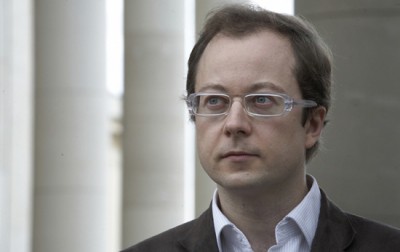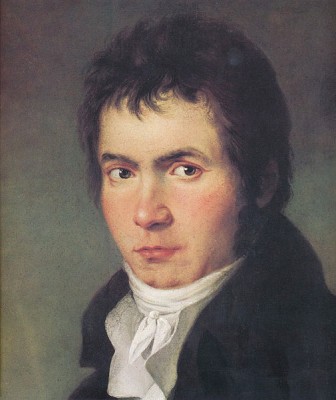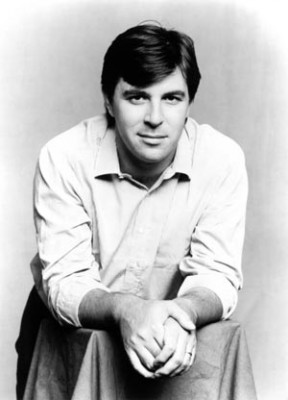Connesson and Beethoven at Champs Élysée
PARIS: The third evening in the Beethoven by Gatti serie was a hit
5-6 viagra pill page 23EVALUATION AND ASSESSMENT.
. Due to Gatti´s great musicality and his ability to form the music to something extraordinary, even, if it is Beethoven symphonies, that we seems to know very well from before.
Review by Henning Høholt
The world premiere this time was Guillaume Connesson (born 1970): FLAMMENSCHRIFT. (letter of fire). FLAMMENSCHRIFT is an expression used by Goethe in his Élegy from Marienbad
.
Connesson describes Flammenschrift as follows: The work presents itself as a double sonata form without reexposure. Two themes are furious, a third undergoes many transformations, the latter is a lyrical theme, at the end the themes are transmuted in the memory of the burst mode in the final major of the Fifth Symphony by Beethoven: the drama succeeds then a dance of joy.
This composition is a tribute to German music, will take place in a triptych which also include Maslenitsa (created last February by the National Bordeaux Aquitaine Orchestre, a tribute to Russian music, and a tribute to the Italian music that remains for me to write.
The third creation in connecting with the Beethoven by Gatti serie is an interesting following up
. After Fabien Waksmans great explosion and extace, followed by Bechara El-Khourys fragments and spaces, is Guillaume Connesson´s letter of fire, where he tells that he has found inspiration in Beethovens 5th Symphony, which was going to be played as the last Symphony on this evening. Opening with its famouse Destiny motiv, dadada daah. The flaming motifs are upperlined with flaming flutes, like that the flames are dancing on top of it all, brilliant. The third theme is a contrasting melodic theme, easily, nearly dancing, where it sound like the Flames are nearly dying out
. Then they flame up again with glittering soli in the orchestra.
Flammenschrift could be useful as ballet music, there is a lot of dance in this music. If the Russian composition Maslenitsa .
The evening started with Ludwig van Beethoven Symphonie no 4 in B flat major, is a symphony by written in the summer of 1806. It was premiered in March 1807 at a private concert of the home of Prince Franz Joseph von Lobkowitz. In that same concert the Corolian Ouverture and the 4th. Piano concerto were premiered. Hector Berlioz was so enamoured of the symphony’s 2nd movement that he claimed it was the work of the Archangel Michael, and not that of a human
Different orchestras, and not to forget with different musicians, has different specialityes, therefore the soundis changing. Furthermore different conductors has their specialityes and details they burns for, and that is good, because this gives us the possibilityes to experience the compositions in new and different ways.
Daniele Gatti has two remarkable specialityes. He is using wonderful pianissimo in his conducting, some times it nearly sound like chamber music, when he feels it suits the music well. Another speciality of his, are building up to great climax, which often starts in the smallest pianissimo. By that he is creating high variations, which in this case with Beethovens Symphonies gives remarkable, exalting and positively surprising results.
After the break came once again, correctly the desert: Ludwig van Beethovens 5th Symphony, Opening with the Destiny motiv, whch then are being developed through all the first part – Allegro con brio. The Symphony no 5 was written in 1804–1808. It is one of the most popular and best-known compositions in classical music, and one of the most frequently played symphonies. First performed in Vienna´s Theater an der Wien in 1808, the work achieved its prodigious reputation soon afterwards. E.T.A.Hoffmann described the symphony as “one of the most important works of the time”. It is as mentioned begins by stating a distinctive four-note “short-short-short-long” motif twice. The last part is starting with a beautiful pianissimo pizzicato part, which was outstanding, and where it in fact continued in the pauke, so we nearly not noticed that it changed from the strings to the pauke, before it developes to the finale part with fully orchestra sound. An extraordinary evening at Théâtre des Champs Élysées with Orchestre National de France conducted by Daniele Gatti. This evenig Luc Héry was the concertmaster.



